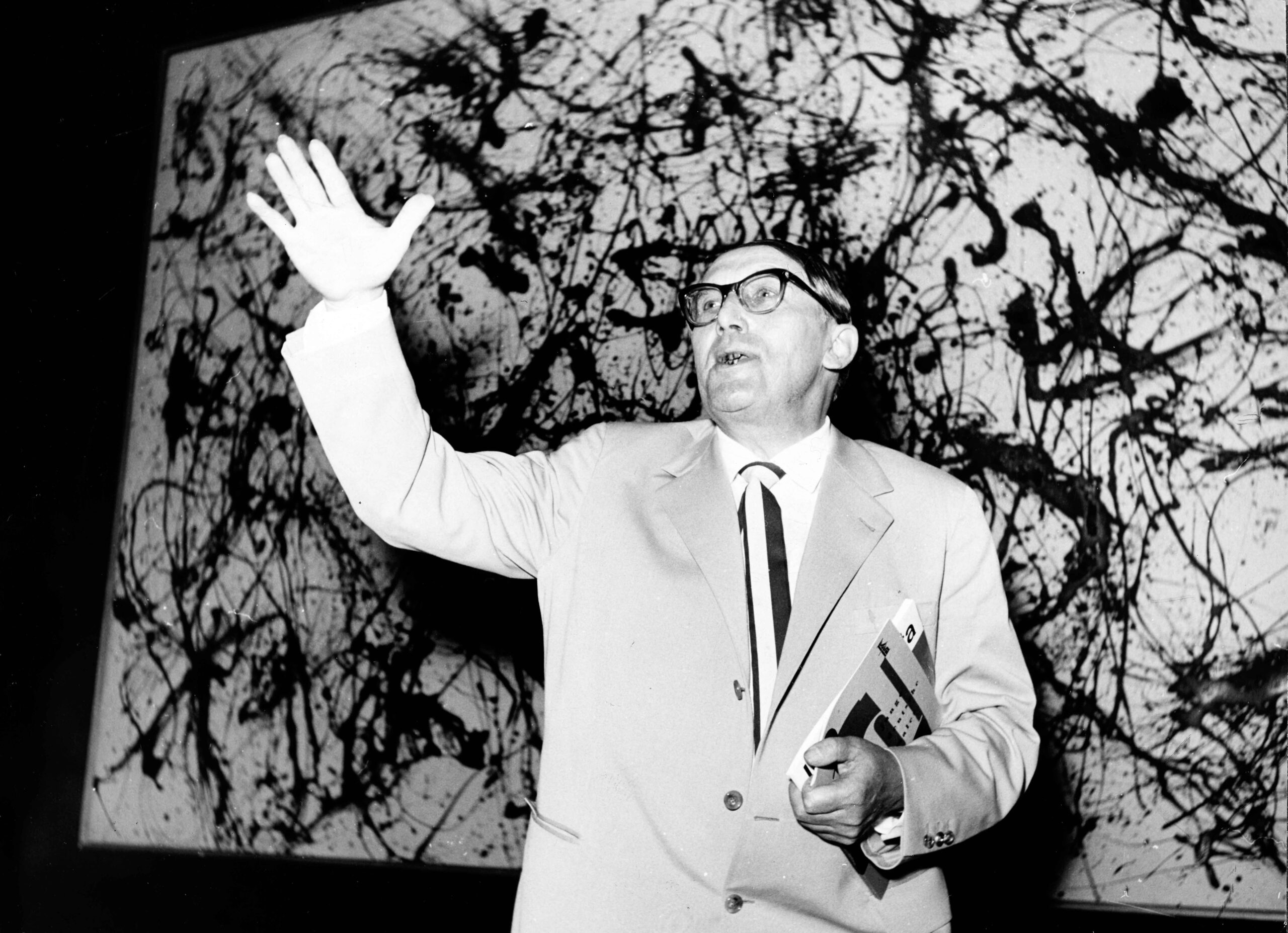The Past As A Futuristic Representational Device
H. A. Anil Kumar
The past with its baggage of history, knowledge and socio-political affirmations forms the basis of future theorization. H.A.Anil Kumar asserts how the future is an accepted abstract borrowed from it’s past.
E.H.Gombrich narrates an interesting event: a group of Chinese students were asked to draw a tree. They reacted saying that they have seen trees, but cannot draw one till they see a drawing of a tree. If one has to see a drawing of a tree to draw it, how did the first ever artist draw a tree? Understanding this representational problem in another way, one can say that a tree evolved as a drawing after ages and generations of trial and error methods, then. Now, there is a demand and urgency for a ‘readymade’ example and the result would also tend to be a readymade, instantaneous. Gombrich wrote this a few decades ago. One of the central aspects of Contemporary Indian Art is the fact that there is a thorough paradoxical apathy towards theorization to its own construct.It seems like the paradox of the Chinese drawing. A refusal to interact with the neighboring modes of expressions—popular as well as the mainstream ones—as well as with the contemporary appropriation of visual anthropology might be cited as the reason as to why writings about art, within the formal premise, refute such theoretic premises. Is it the paradox that drives writers about art to write this way, yet have given way to a great divide between art history and theorization? This is not only an art historical problem but also a representational dilemma.
Art history pays more details to smaller areas at the cost of a wider view of the larger picture.W.T.J.Mitchell argues that the vacuum between art history and aesthetics can be successfully filled by (and hence, is called) visual theory/discourse.This is neither an apology for art history in the current times, or for its opposites or the vacuum it has created. It is an attempt to reveal the strength inherent between the theory and practice of representational politics. On practical grounds one might argue that there are no art historians who might influence the representational politics in the visual culture. But on the contrary, the refusal to theory, with a hell bent attitude to a certain imagination of the current premise of art history, mainly in art educational institutions, in itself has become a construct, which closely resembles theory.


